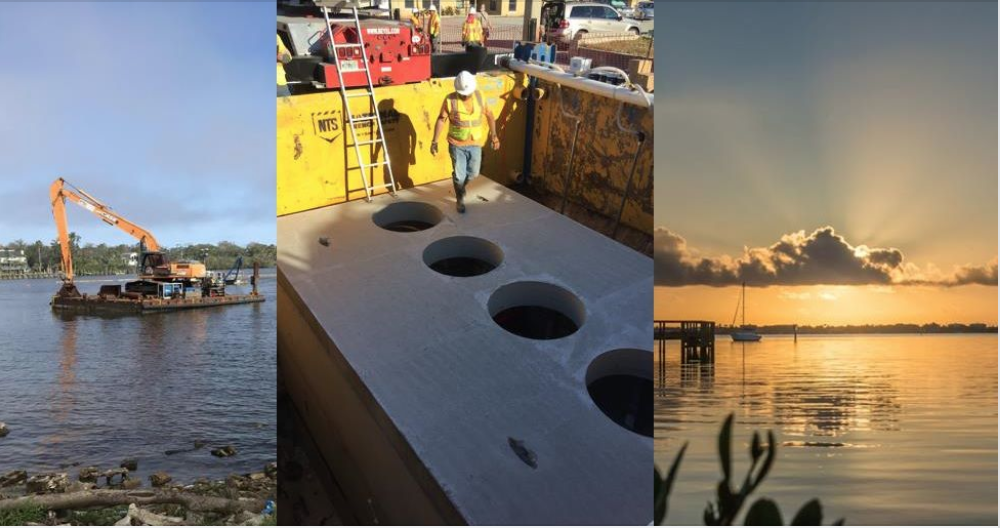(Nov 22, 2019 BIRLC) We were lucky this Summer. Remember last year, there was more rain, and there were algae blooms in the Lagoon, Blue Cypress Lake and on both coasts? Those problems led newly elected Governor DeSantis to create the Blue-green Algae Task Force to look into the problem.
The Task Force just submitted its findings.
They said that increasing amounts of nutrients (mostly nitrogen and phosphorous) act as food for microscopic algae causing fish killing blooms. They found that State cleanup plans (Water Basin Management Action Plans) needed to be better designed and monitored more closely to be effective.
Their report looked at major nutrient sources as well. With Agriculture, they said, many farmers have not yet adopted best management practices to control pollution. Even more fail to monitor how well their controls are actually working. The Task Force recommended full adoption of best management practices and public posting of monitoring results.

While not directly called out by the Task Force, the spreading of “biosolids” (concentrated human waste) on agricultural land can contribute large amounts of nutrients and other pollutants (e.g., trace pharmaceuticals, pathogens) to Florida’s waters. Restricting this practice is also important to protecting the public.
Florida’s 2.5 million septic systems for human waste are another major source. These systems can fail as they age and release large amounts of nutrient pollution. In 2012, the State repealed a mandatory septic system inspection law designed to ensure system operate effectively. The Task Force recommended more regulatory oversight of septic systems to ensure their proper operation.
In light of the potential threat to public health from algae blooms, the Task Force called for the creation of a scientifically based, State-wide warning system to inform the public about potential risks.
They also made recommendations for improved treatment of stormwater runoff and encouraged the testing of new technologies that might help reduce nutrients entering Florida’s waters.
With the Save Our Indian River Lagoon Plan and Trust Fund, and our County Commission that has placed partial moratoriums on new septic systems and “biosolids” dumping, Brevard is making progress. To restore our waters to the health and clarity of years gone by, however, there is still much more work to do. HelpTheLagoon.org.




